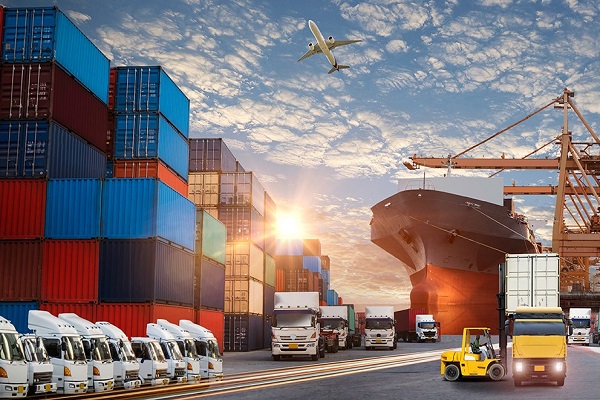
Saudi Arabia’s crude oil production rose to 9.98 million barrels per day (bpd) in September, up 11% year-on-year, aligning with recent OPEC+ output decisions, according to an Al Rajhi Capital research report, citing official data.
The non-oil economy also showed strong momentum, with the Purchasing Managers’ Index (PMI) climbing to 57.8 in September, its highest in six months, indicating solid expansion in private sector activity.
Saudi Arabia’s real GDP grew 3.9% year-on-year in the second quarter of 2025, driven by a 4.6% increase in private sector output and a 1.6% rise in government services. Oil-related activities expanded by 3.8%.
Inflation edged up to 2.3% in August, from 2.1% in July, mainly due to a 5.8% increase in housing rental costs. The Wholesale Price Index remained steady at 2.1% year-on-year.
Consumer spending rose 10.4% in August to SAR133.5 billion ($35.5 billion), supported by a 67.2% surge in e-commerce activity. Credit card loans increased 2% to SAR30.6 billion in Q2 2025.
The banking sector posted strong growth, with credit rising 14.6% year-on-year in August, while deposits grew 8.7%. The unadjusted loan-to-deposit ratio (LDR) stood at 111.2%, with the Sama-adjusted LDR at around 81%.
On real estate sector, Al Rajhi Capital said the prices in the kingdom rose 3.2% annually in Q2, driven by an 11.7% increase in commercial property prices, while residential prices remained largely flat (+0.4%).
In the external sector, merchandise exports rose 7.8% year-on-year to SAR 102.4 billion in July, while imports declined 2.5% to SAR 75.5 billion, resulting in a trade surplus of SAR 26.9 billion.
According to Al Rajhi, pre-budget estimates for 2025 project expenditures at SAR1.34 billion, nearly 4% above target, and revenues at SAR1.09 billion, 8% below projections, resulting in a fiscal deficit of SAR 245 billion (5.3% of GDP).-TradeArabia News Service
